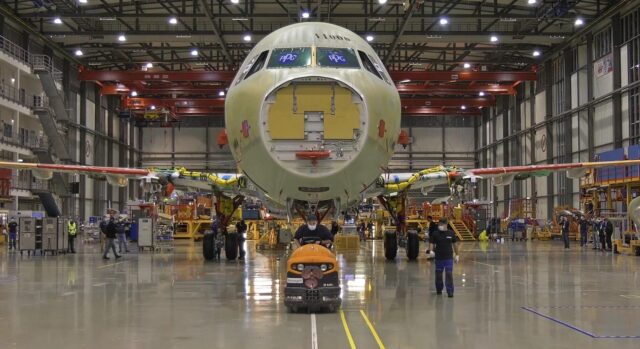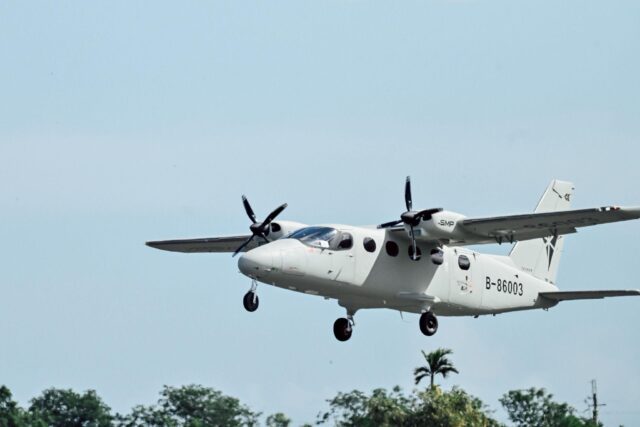Novaspace: Software defined satellites create new opportunities
The satellite communications market has seen significant changes across its value chain, bringing forth new technological innovations that include flexible satellites and more specifically, Software-Defined Satellites (SDS).
Novaspace, a merger…

The satellite communications market has seen significant changes across its value chain, bringing forth new technological innovations that include flexible satellites and more specifically, Software-Defined Satellites (SDS).
Novaspace, a merger between Euroconsult and SpaceTec Partners, presents its latest report highlighting new opportunities by leveraging flexible satellites and software-defined satellites.
Such satellites can be reconfigured while in orbit, enabling them to adapt to changing demands without necessitating costly replacements.
Software-defined satellites represent a promising avenue for enhancing adaptability and addressing specific consumer needs; however, the extent of their implementation will vary depending on the unique requirements of different consumers.
Satellite operators will need to focus on the specific capabilities of the consumer to determine if SDS presents a viable and sustainable solution.
Software-defined satellites offer in-orbit reconfiguration of various parameters including beams, coverage areas, bandwidth, power levels, and frequencies. The adaptability stems from the reconfigurability of payload parameters enabled by software-defined satellites.
The standardised and modular platforms of these satellites yield efficiencies for both manufacturers and operators, resulting in cost savings and expedited time-to-market. Moreover, military users benefit from enhanced resilience and security offered by this type of satellite.
Novaspace’s Software-Defined Satellites report estimates the adoption of flexsats will grow steadily over the next decade. Currently, 54% of satellites are deemed to be addressable by flexible payloads and platforms. By 2033, this figure is projected to increase to nearly 80% with High Throughput Satellite (HTS) and Very High Throughput Satellites (VHTS) anticipated to be the main drivers in the adoption of flexsats.
“While flexsats offer advantages in terms of adaptability and cost efficiency, it is important to note that they are just one solution among many,” says editor and Novaspace’s managing consultant, Xavier Lansel. “They should not be considered the sole answer to all challenges faced by satellite operators. Other technologies and approaches may provide more diverse and practical approaches.”
Subscribe to the FINN weekly newsletter
















